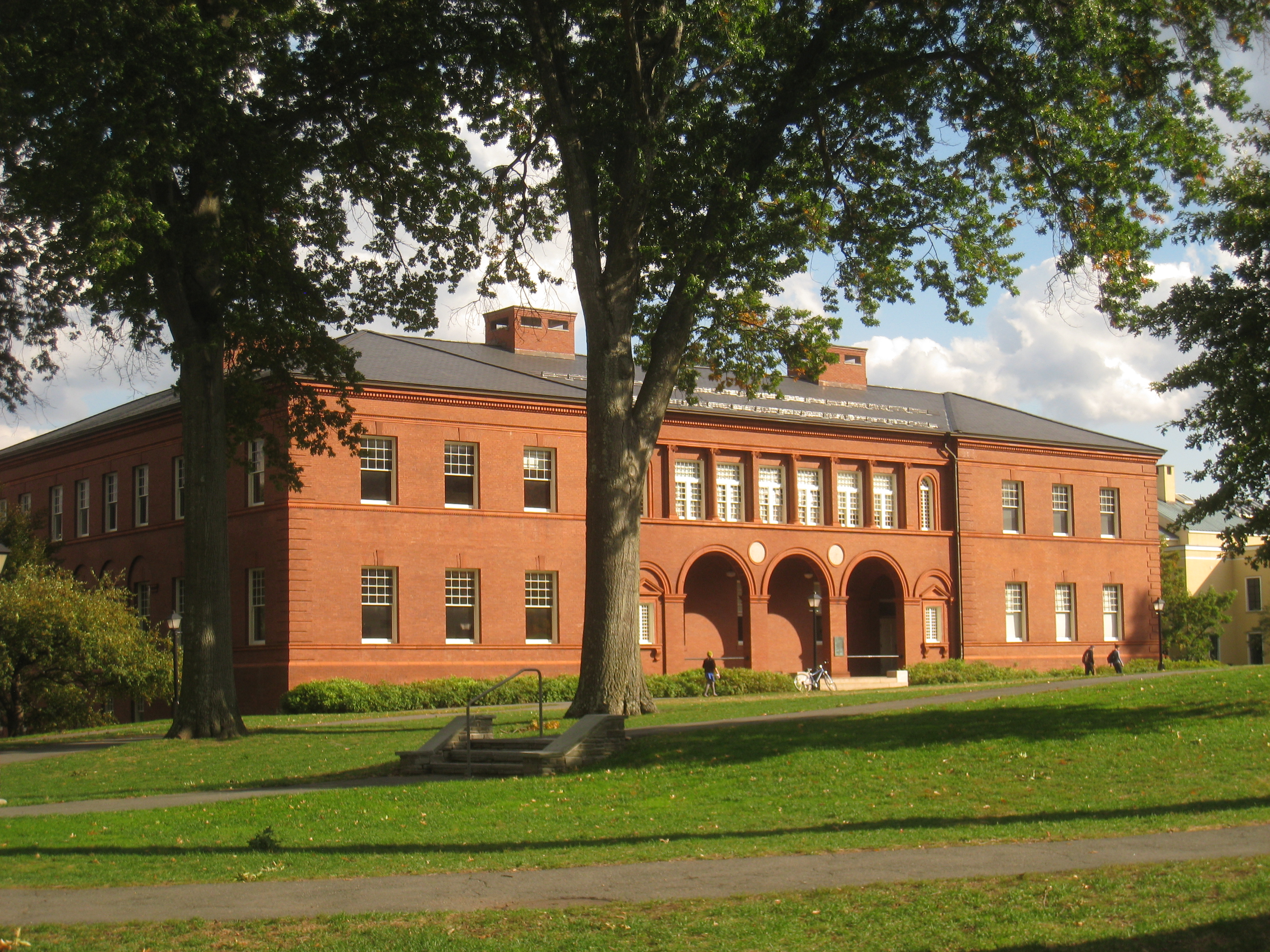It was my first college Shabbat and I was beginning to doubt that I was in the right place. Where was everyone? I glanced back down at my watch. It was definitely 6:30. Surely I could not have been the only mildly observant Jew on campus.
I had just returned from a three-day orientation hike. Before we left, I had tucked a pink paisley dress into the bottom of my camping pack in a waterproof plastic bag. We reached campus in the nick of time. A scant five minutes remained to run to Amherst College’s Cadigan Center for Religious Life, where Hillel activities are held.
I wasn’t quite sure where Cadigan was, and had left my phone and campus map in the dorm. Out of sheer luck I caught up with the women’s track team, who said I could run with them on their route past Cadigan.
I snuck in through the back door of Cadigan, washed up as best I could, threw on the pink dress, and walked into the main hallway. The room was empty. Great, I thought. I’m definitely lost. Somewhere else on campus, no doubt, throngs of my better-informed co-religionists were belting out L’chah Dodi….
Just as I was about to go searching, a tall, bearded man with a yarmulke walked through the door and introduced himself as Rabbi Bruce, followed by a woman with curly brown hair and a warm smile, who introduced herself as Rachel, our campus’ new Birthright Coordinator. A few members of the Hillel executive board joined us later.
As the year progressed, there were generally four or five of us who would come to Hillel for Shabbat dinner. I wondered why it wasn’t more widely attended. Oddly, I had no problem convincing my non-Jewish friends to join me on Shabbat. They loved to help cook, and then eat, homemade food. My friend Shalini, from India, put it best. “Shabbat dinners are so warm and cozy”, she said, “and a place to feel at home while talking about important things with friends.”
The response from the non-Jewish students was so heartening that we decided to take it one step further: we instituted a monthly “rosh chodesh” InterShabbat dinner. The dinner would be centrally located on campus, would be open to students of all backgrounds, and would feature a central theme.
We set the date for the first event, reserved a room in the student activities center, and planned activities in collaboration with the organization Repair the World, which provided us with a packet of activities to promote discussions about racial inequality. On that note, I learned during this process that there is an abundance of Jewish organizations willing to help plan and fund campus Shabbat initiatives.
We were all set, except for the most important part: food.
My mom is an accomplished, accolade-winning challah baker. If one thing was going to draw masses to the InterShabbat, it would be her challah. Since the Shabbat was planned for the first Friday of the semester, I put in an order with my mom for three challahs and brought them to school with me.
Unsurprisingly, when Shabbat came around, the challahs were consumed instantly. Friends approached me for days requesting more, but I explained that they’d have to come to the next event. “Of course, I’d do anything for more,” some said. But more importantly than the nosh factor, the event was a huge and encouraging success on many levels.
At least 30 people attended—a whopping 300% more than usual weekly Shabbats, and about 2% of our campus population. Hillel received many thank-yous for arranging the event. Inspired, I started planning the next InterShabbat for the following month, which would address the prickly subject of extremism.
A week before the event, I started to panic. Was the topic perhaps a bit too controversial? Would it veer off course and end up generating more animosity than insight? As the night approached, I began hoping for a snowstorm.
The result was a profoundly engaging panel on extremism, with perspectives from students representing various cultural and religious backgrounds. The panel included students from Trinidad and Tobago, Kenya, China, and Bangladesh, all of whom shared their own definition of extremism. At the event, I passed around a sheet for students to suggest topics for the next InterShabbat, and received a range of interesting topics, from gender inequality to culture shock.
Once non-Jewish students started to attend Hillel events, the Jewish students came back in droves. This year’s Latke vs. Hamentashen debate drew a crowd of 75, a quantum leap for our little Hillel. We went through at least eight large platters of latkes, and the hamentashen suffered no neglect.
We learned the importance of creating a space on Shabbat for everyone to feel at home. Students want to be with their friends on Friday nights, regardless of faith.
Through InterShabbats, the problem was solved: now we have a space for students to come together and discuss meaningful topics on Friday nights with their friends, all over a tasty dinner with homemade challah. Rachel put it best: “This is Hillel 2.0.”
Isa Goldberg is a student at Amherst College.


